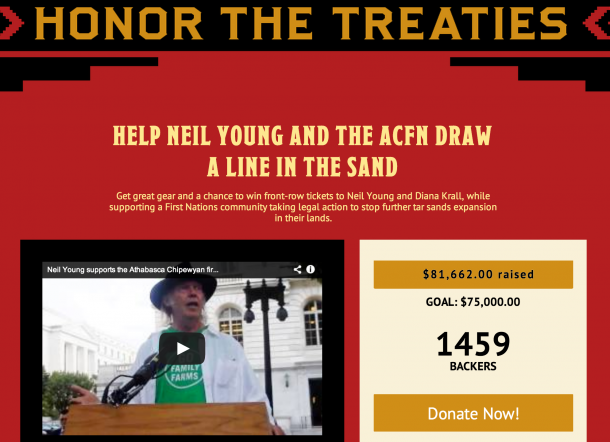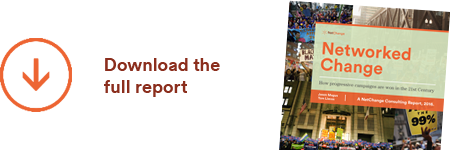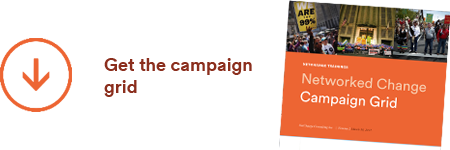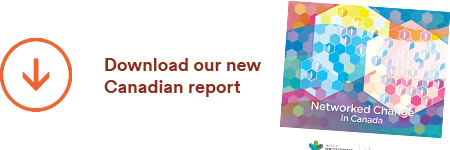There’s been a lot of excitement around crowdfunding recently, but until last fall I wasn’t convinced there was a there there. I knew they worked, sometimes, for start-up tech products, some indie films and a few hyper local community projects.
But would they do heavy lifting for social change causes?
Well I’m happy to report after leading, promoting, or supporting a half dozen very successful crowdfunding efforts in the last few months, and I’m now a big convert. Each campaign exceeded their target with lots of new donors, built strong community buzz, and created an engaged constituency of supporters. While some took a tonne of work, others came together easily, in a natural and fun way. They all raised some serious cash – two of them over $75,000!
The thing I like most about crowdfunding is that it maps directly to the four “web values” older-timers like me have been talking about for a long time: storytelling, listening, connecting, and participation.
So here are four elements of crowdfunding campaigns I’ve seen work:
There is a real goal and gamified progress
Crowdfunding seems to engage donors who dislike the predictable (and scientifically planned) way most orgs do small donor fundraising, and addresses concerns about wanting to see real impact. Rather than throwing cash into a giant anonymous pile, crowdfunding targets are always something very specific, tangible, time-sensitive, and, this is important, believable.
This is where authentic, passionate storytelling comes in. The campaigns are often presented in first person, by real people with unabashed passion: for a film, a cause, a legal case, an ad campaign, and with a real window of opportunity that is rapidly closing. 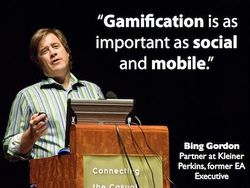 High production quality videos are an absolute necessity, and often feature the real people behind a cause, pitching their story for why they need the money and why now is the time for it. You get to know them, you like them, and you trust their story.
High production quality videos are an absolute necessity, and often feature the real people behind a cause, pitching their story for why they need the money and why now is the time for it. You get to know them, you like them, and you trust their story.
The transparent goal, short window of opportunity (most crowdfunding campaigns “expire” in one to two months) along with regular updates from cause organizers on progress gamifies the approach, engaging the competitive minds of cause organizers / volunteers and other donors to work hard over a short period of time to bring it over the finish line. And it makes it fun.
Donors get something back
 In all but one case I’ve studied, some kind of tangible, valuable (in the eyes of the target supporter) give-back is a critical component. For the $10 to the $1,000 donor, the more thinking you put into incentives, and the better they get at higher tiers of giving, the deeper your donors dig. Or, in the case of the legions of small dollar donors that contribute, the more people sign on because it’s so painless and easy and they can see how their small action aggregates into something meaningful.
In all but one case I’ve studied, some kind of tangible, valuable (in the eyes of the target supporter) give-back is a critical component. For the $10 to the $1,000 donor, the more thinking you put into incentives, and the better they get at higher tiers of giving, the deeper your donors dig. Or, in the case of the legions of small dollar donors that contribute, the more people sign on because it’s so painless and easy and they can see how their small action aggregates into something meaningful.
The Athabasca Chipewyan First Nation just ran a campaign that raised $80,000 in a month. I thought at first people were giving in order to win the sweet tickets to one of the Neil Young concerts that inspired the campaign. But the more emails I read from donors, the more I realized the tickets, posters, and t-shirts were not critical, people felt moved by the cause and truly wanted to help.
But did the tangible incentives they got back make it easier to move them from intention to action? I think they did.
Single purpose sites, designed for social
For the campaign I mention above, not a single email was sent. Not one. Despite a lot of media the Neil Young tour received, no one mentioned or printed our obscure campaign URL. To top it off most of the campaign happened in January, the worst time of the year for giving.
So where did those 1,450 new donors come from? From the metrics I’ve seen, 90% of our traffic was from social media, generated by the donors themselves.
When was the last time you felt compelled to tell your social network “I just made a donation of $45 to the Cancer / Environmental Foundation”. You just don’t do it, it’s a private matter, it’s over-sharing. But because the attributes outlined above (transparent goal, gamified progress, authentic, believable story) make crowdfunding a much more social experience, person to person marketing is driving a tonne of high quality traffic.
Crowdfunding sites also make this easy: they are inherently social, and are designed to do one thing: tell a compelling story, convert a reader to a donor, then get them to share the link to help the community reach its goal. Bing bang boom, then get on with your day.
It’s fresh, real and meets a moment
People share their crowdfunding giving online because they perceive a social benefit in doing so. They’ve stumbled across something so rare in our over-saturated consumer society: something new and meaningful yet refreshingly real.
The impact they feel in personally backing a cause is what drives their social sharing.
And the timing is also absolutely paramount. These successful campaigns were all dropped into a niche audience that was ready to support this exact thing, seizing a real zeitgeist of the moment. Strike too early, about an issue or solution too far ahead (or behind) the concerns of the day, and it will flop. You know, just like all your campaigns do.
You either get it or you don’t
And herewith lies the challenge with repeating this success: you can’t make this shit up. These campaigns work because the product is real, the need is real, the impact is real, and the timing is now. It’s so real people can feel it and easily imagine themselves as active participants in making it happen.
This is a very hard form to bend your typical general support fundraising campaign into.
In fact it’s interesting that for all 6 campaigns that inform my observations, not one was for a formal charity or NGO. The translation of these techniques to the more structured needs of NGO development departments will be interesting to watch.
But either way, crowdfunding for causes is now a proven, viable option for raising real money. And because it maps so closely to web values, I’m super excited about adding this tool to our engagement and fundraising programs.

